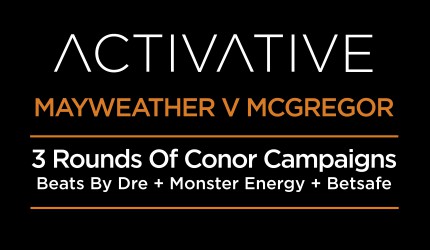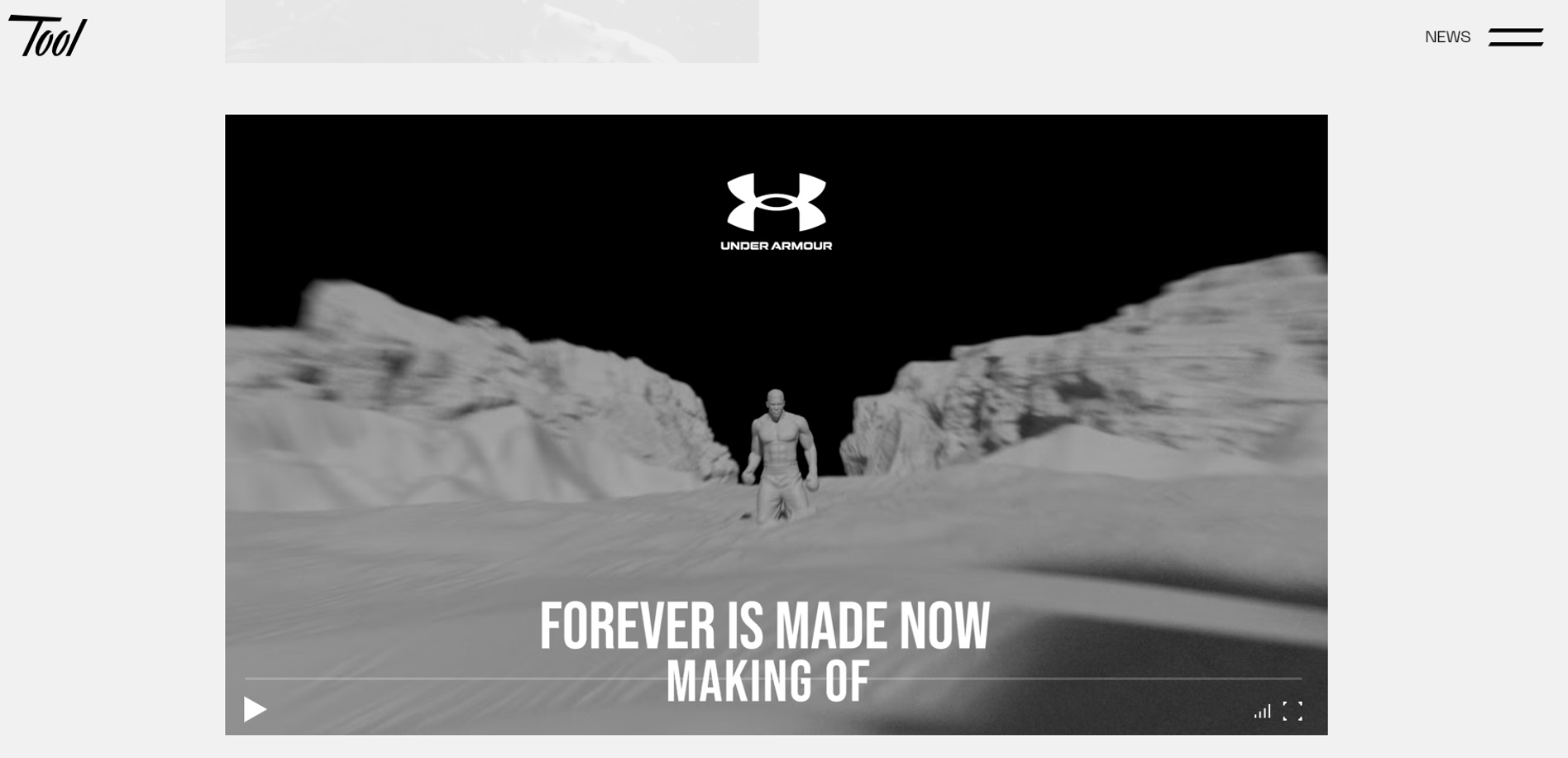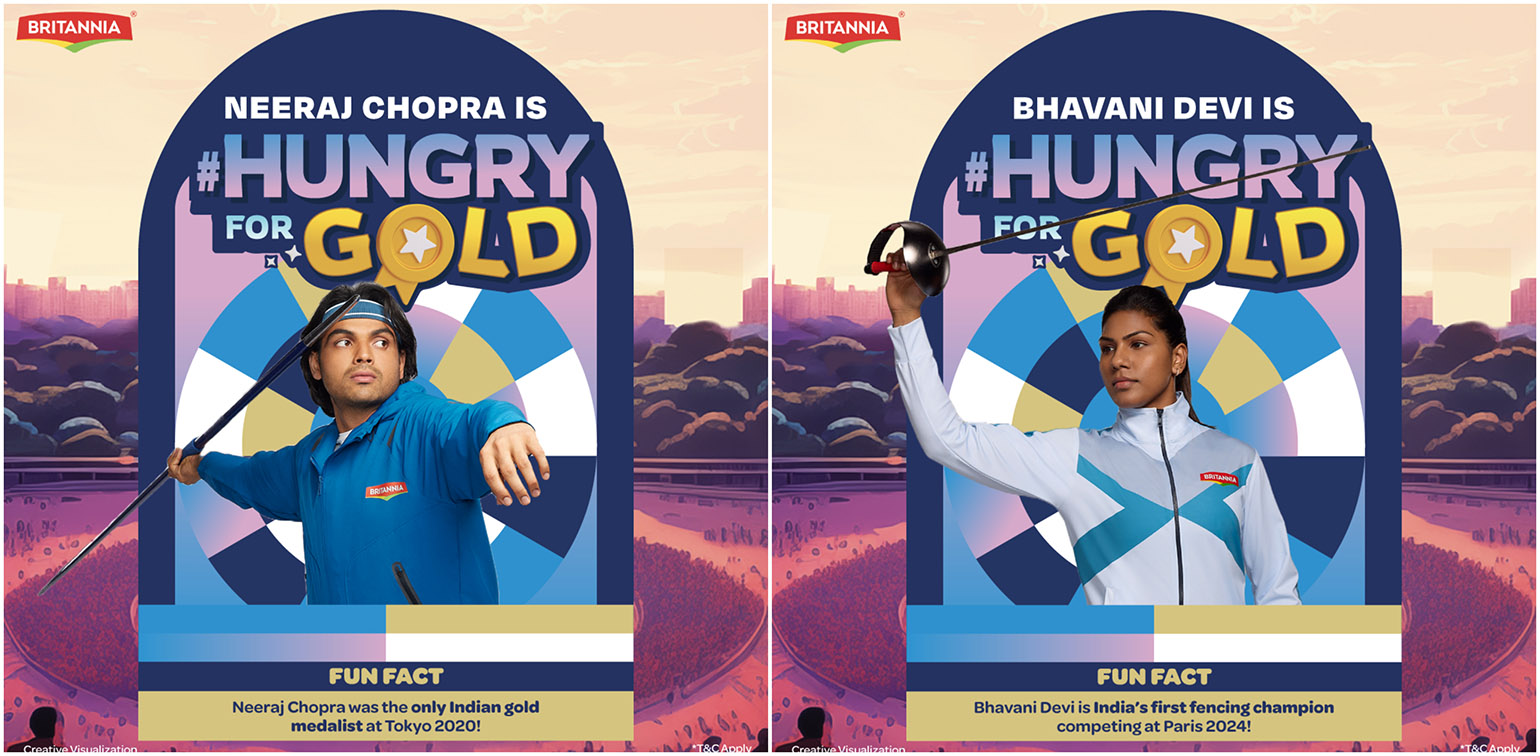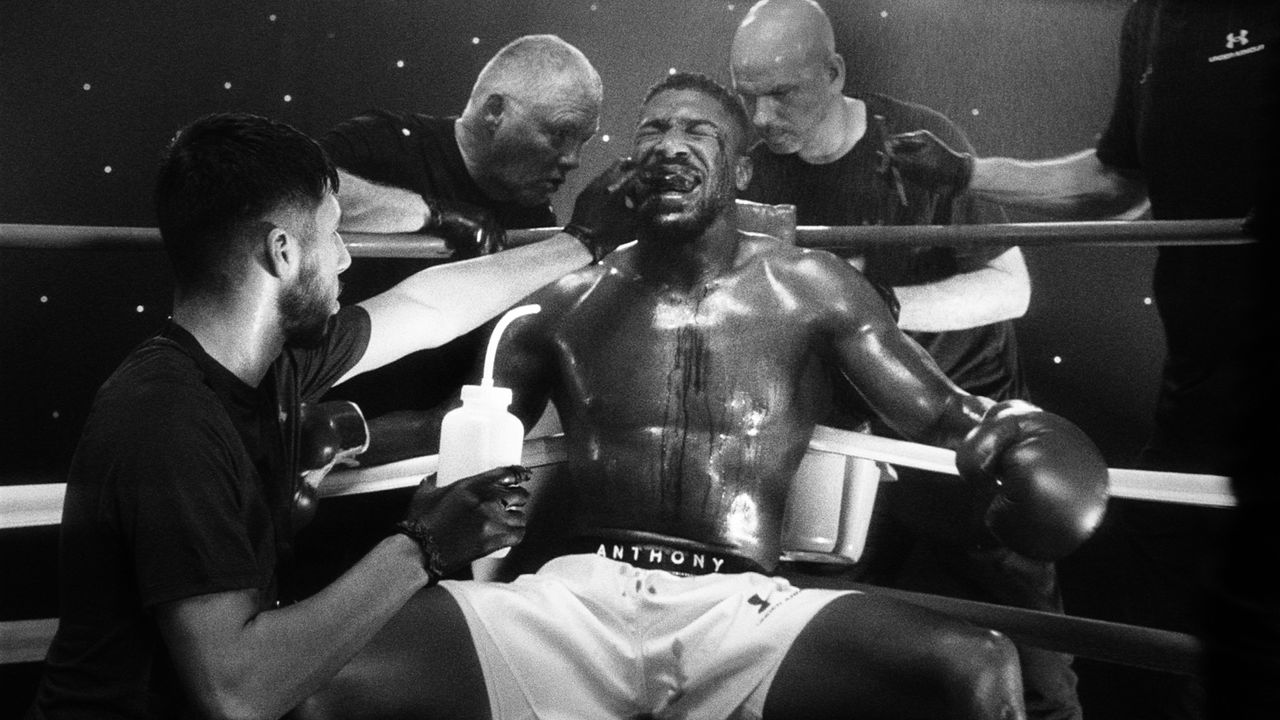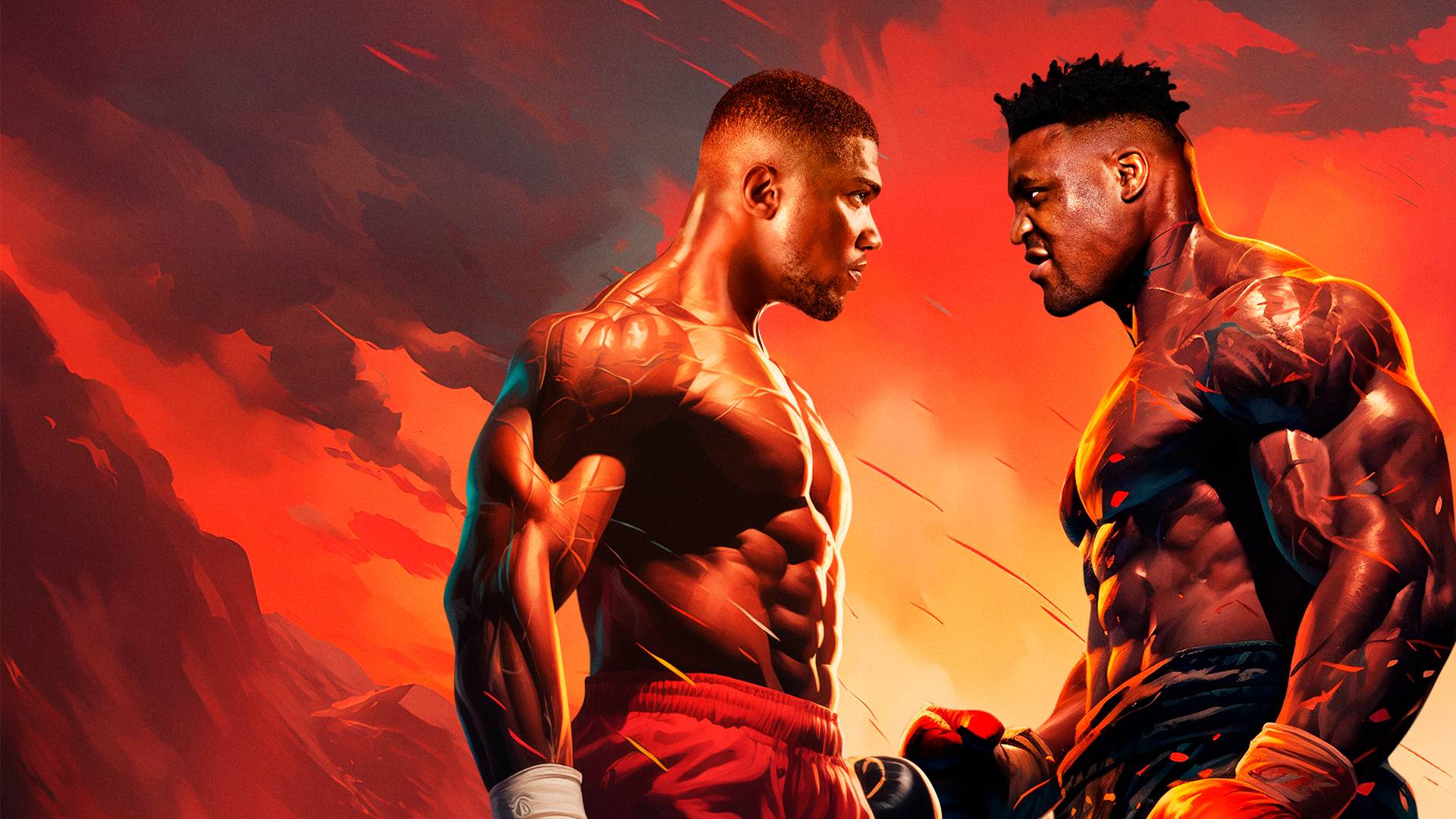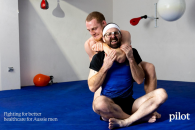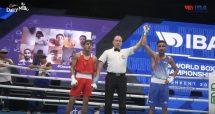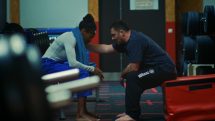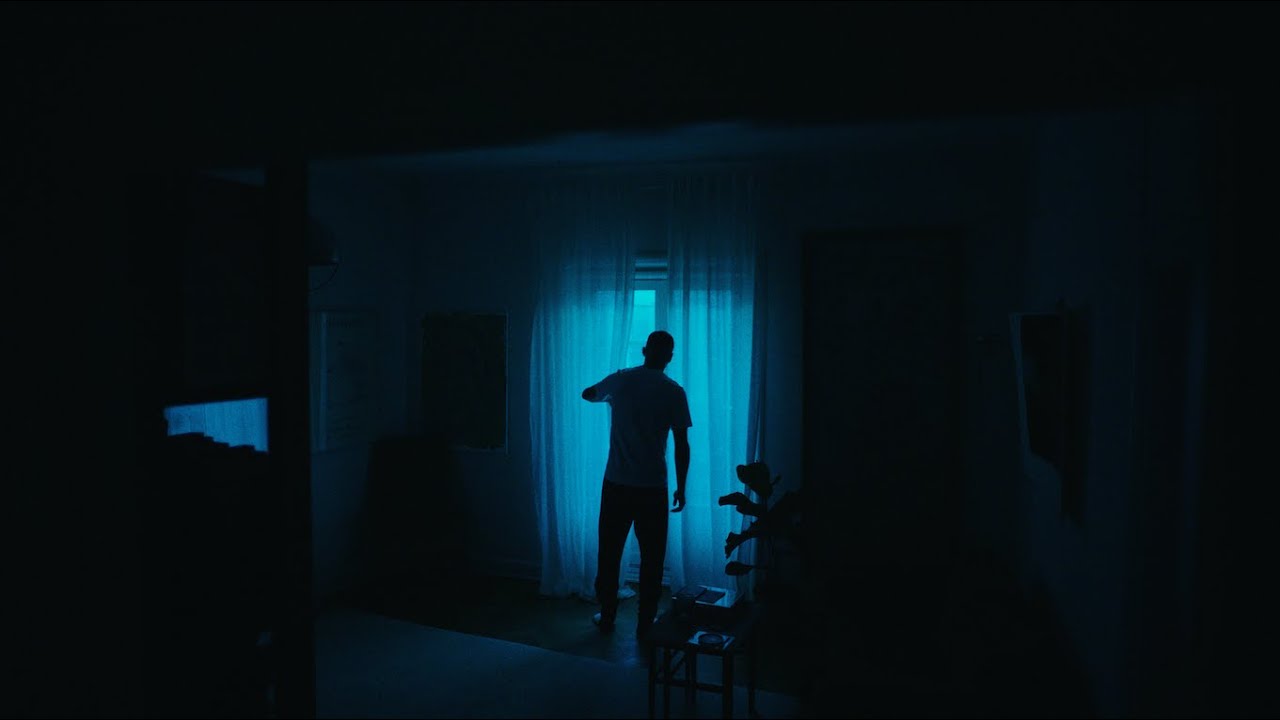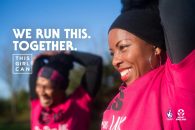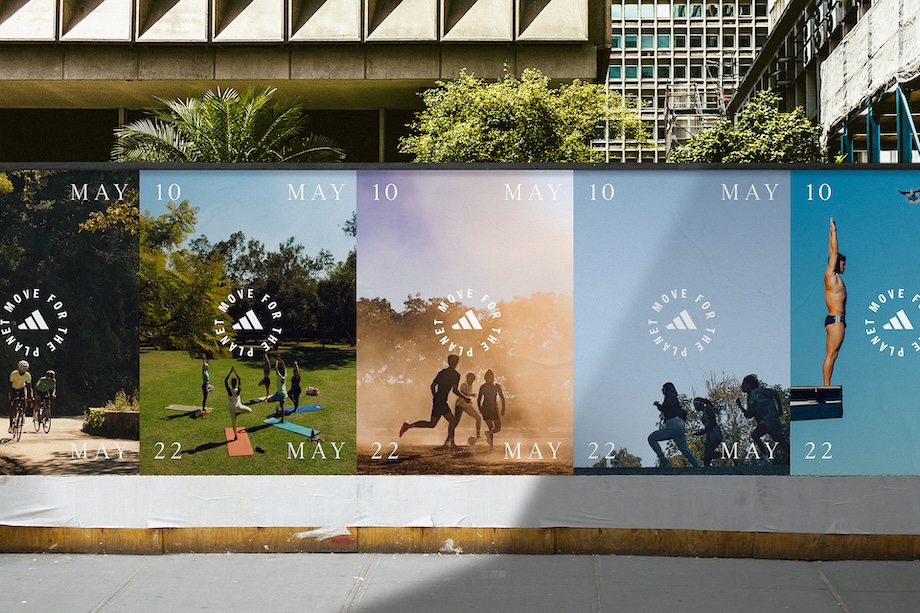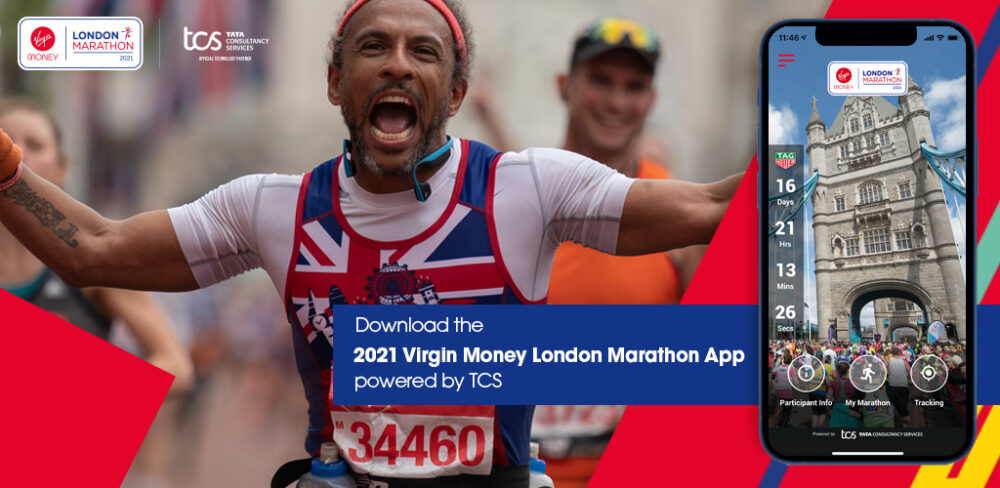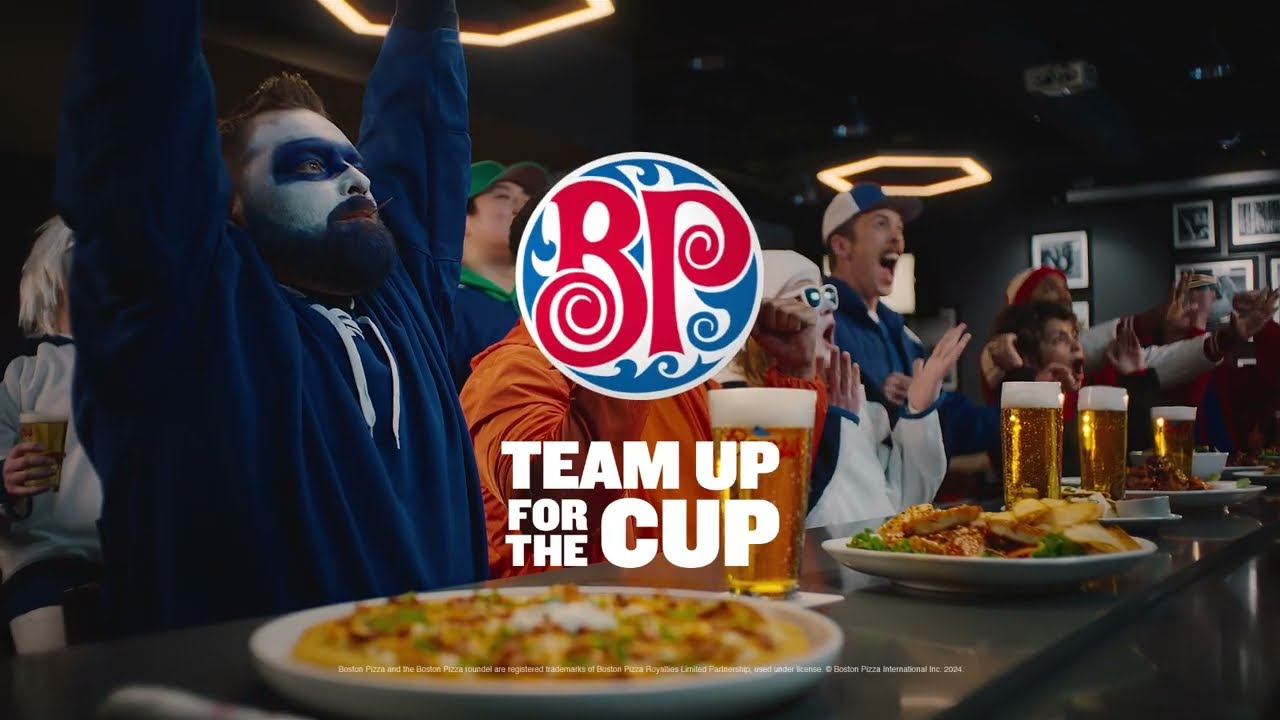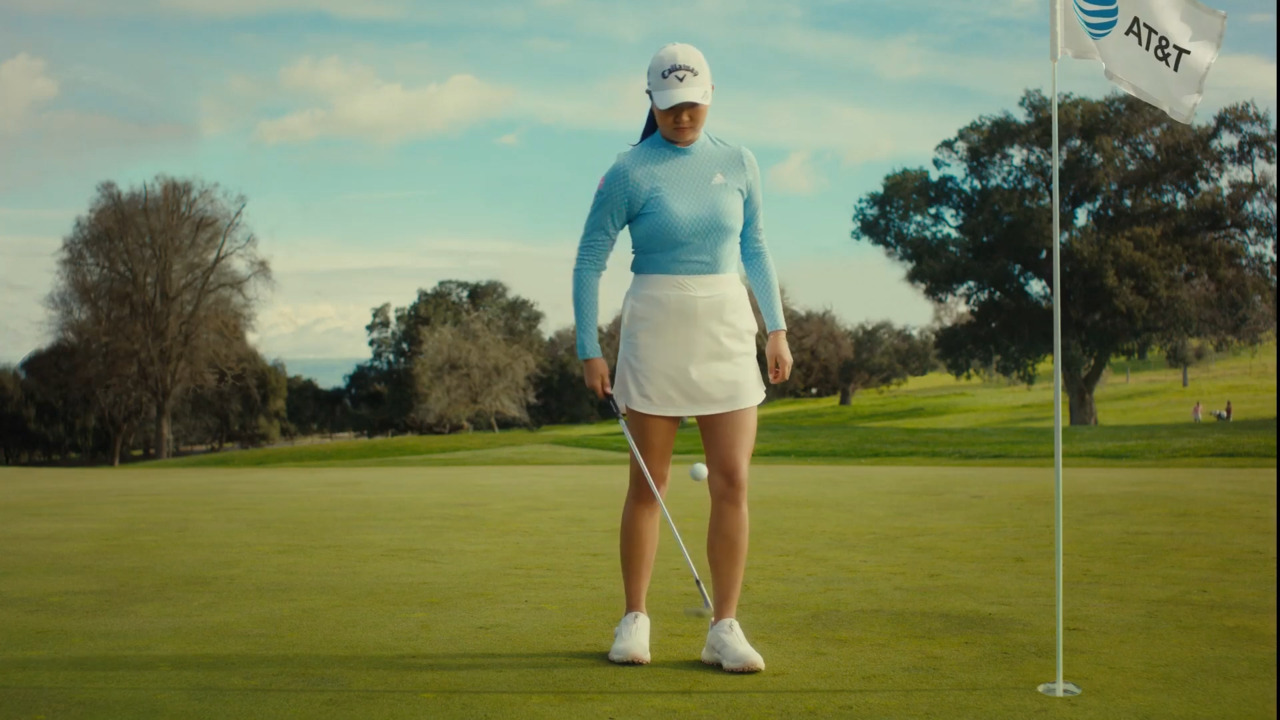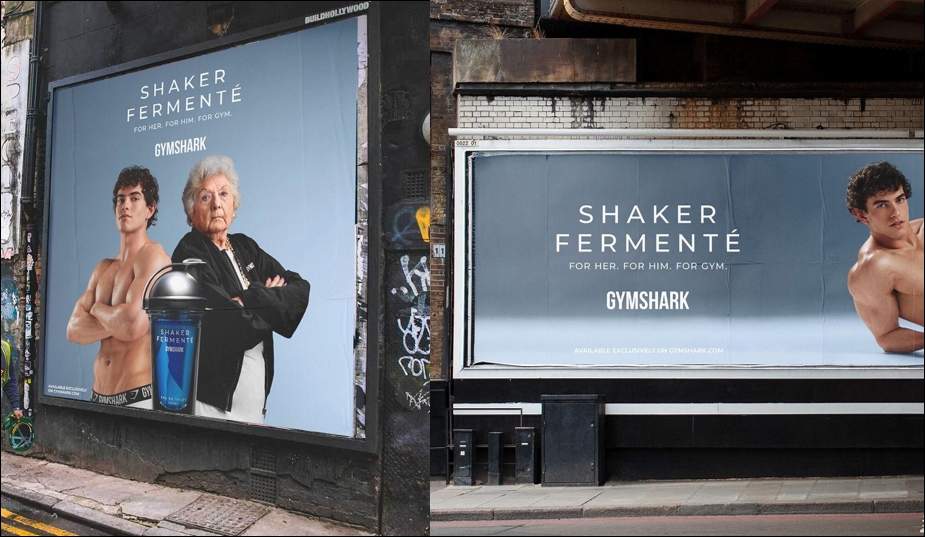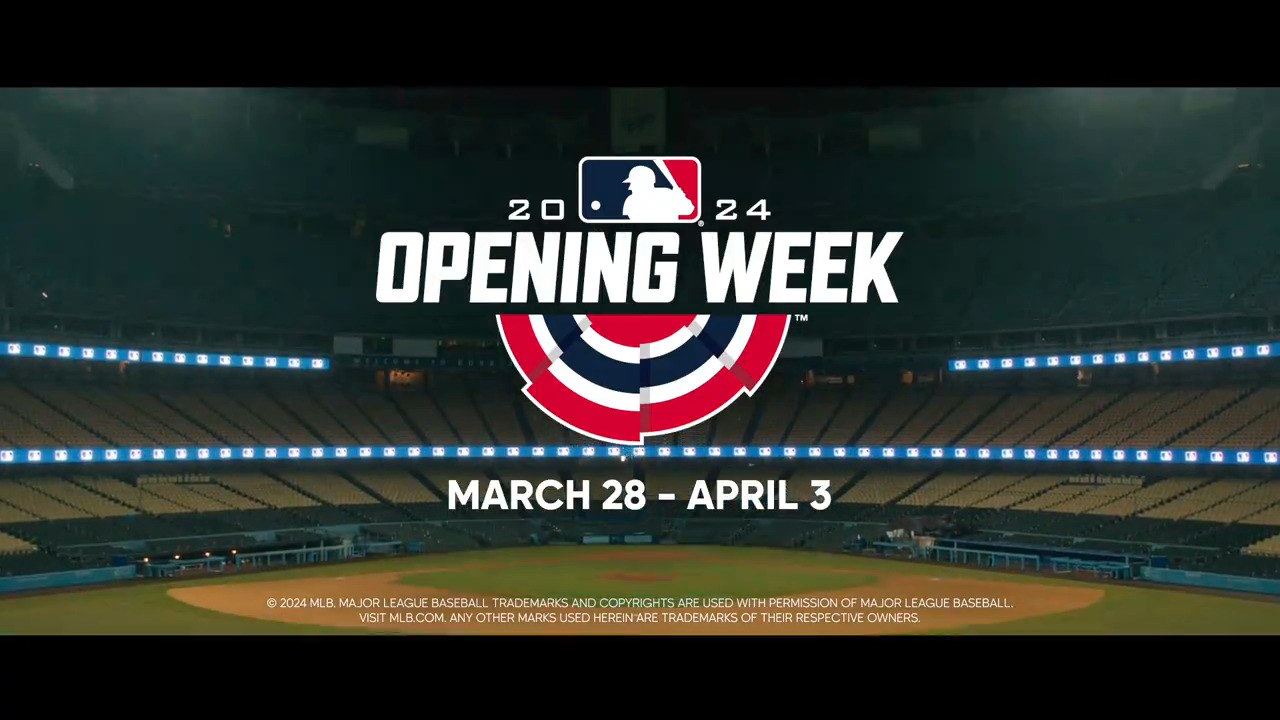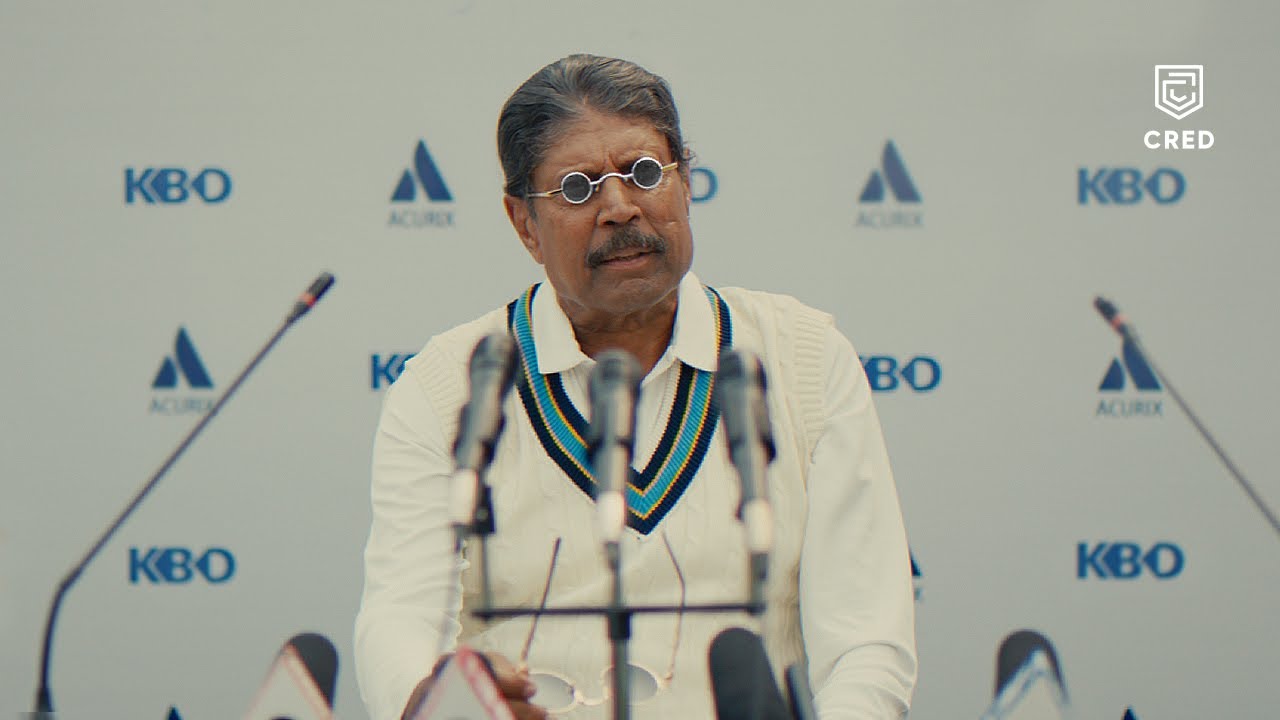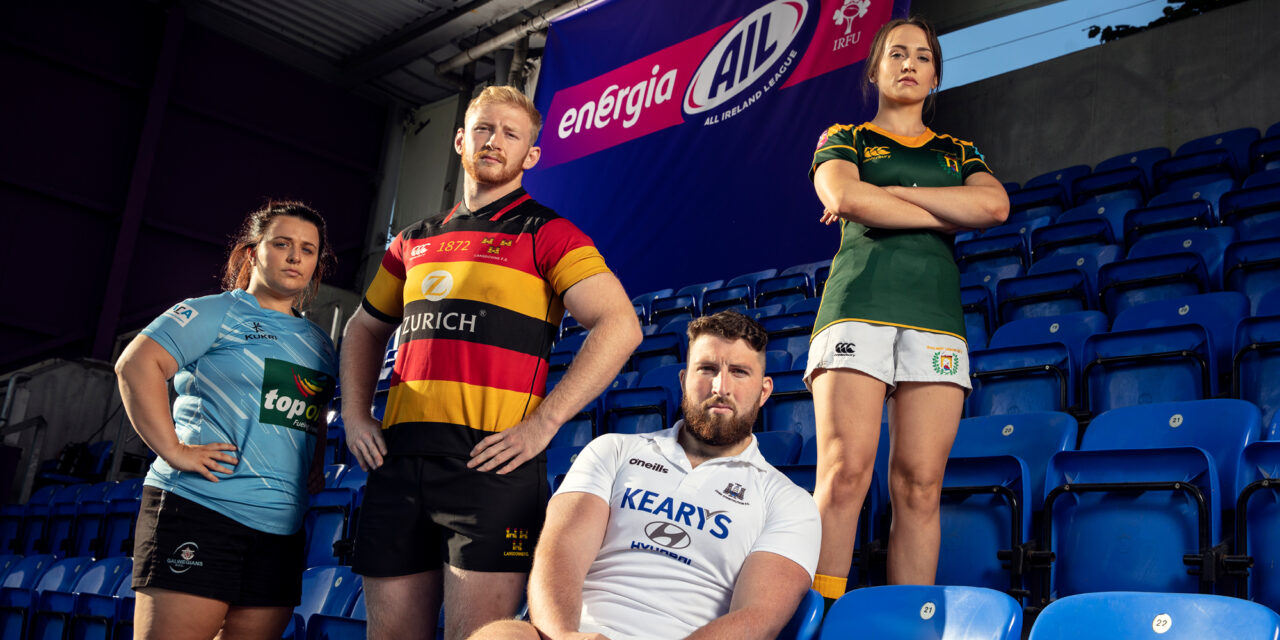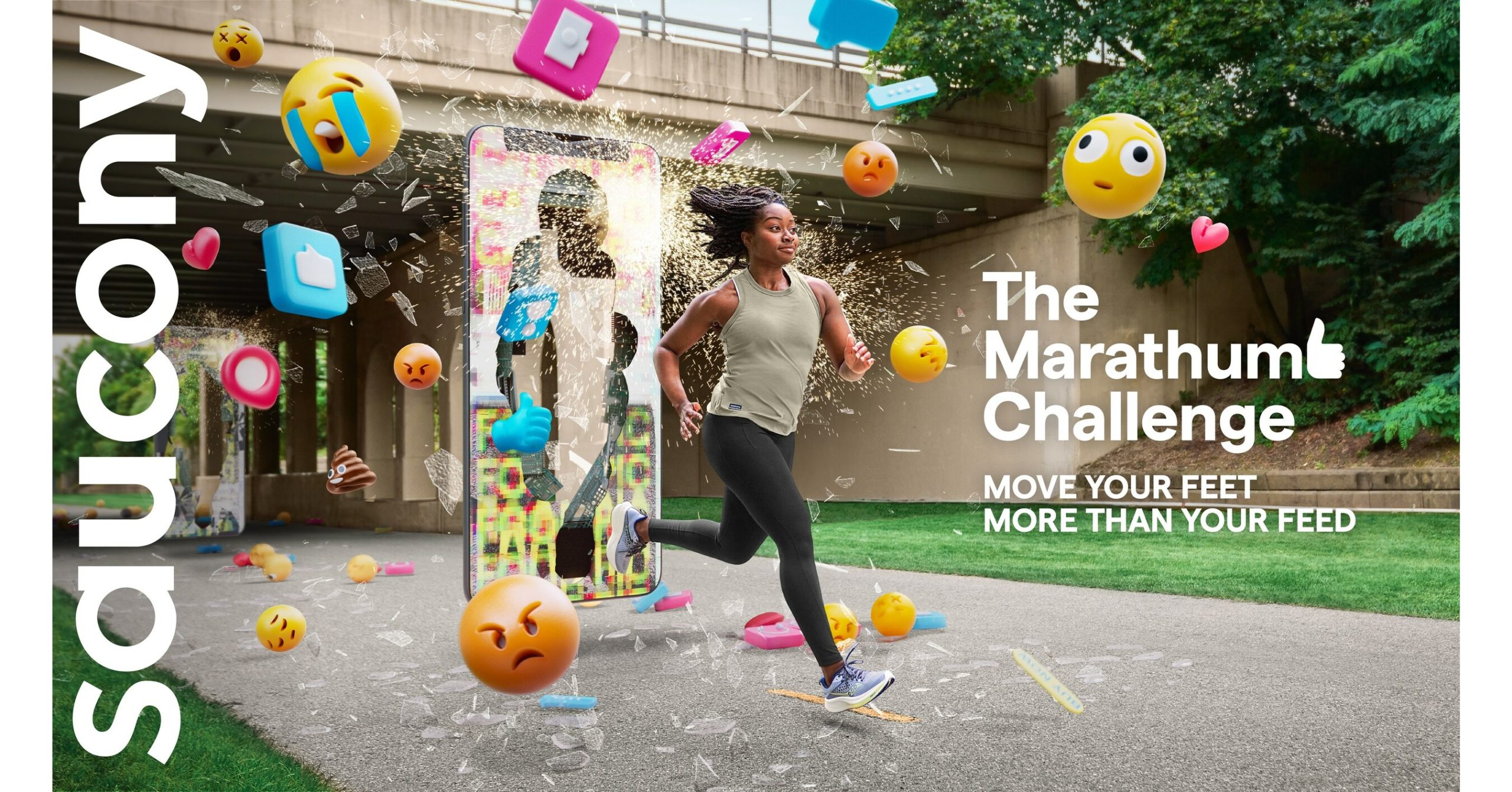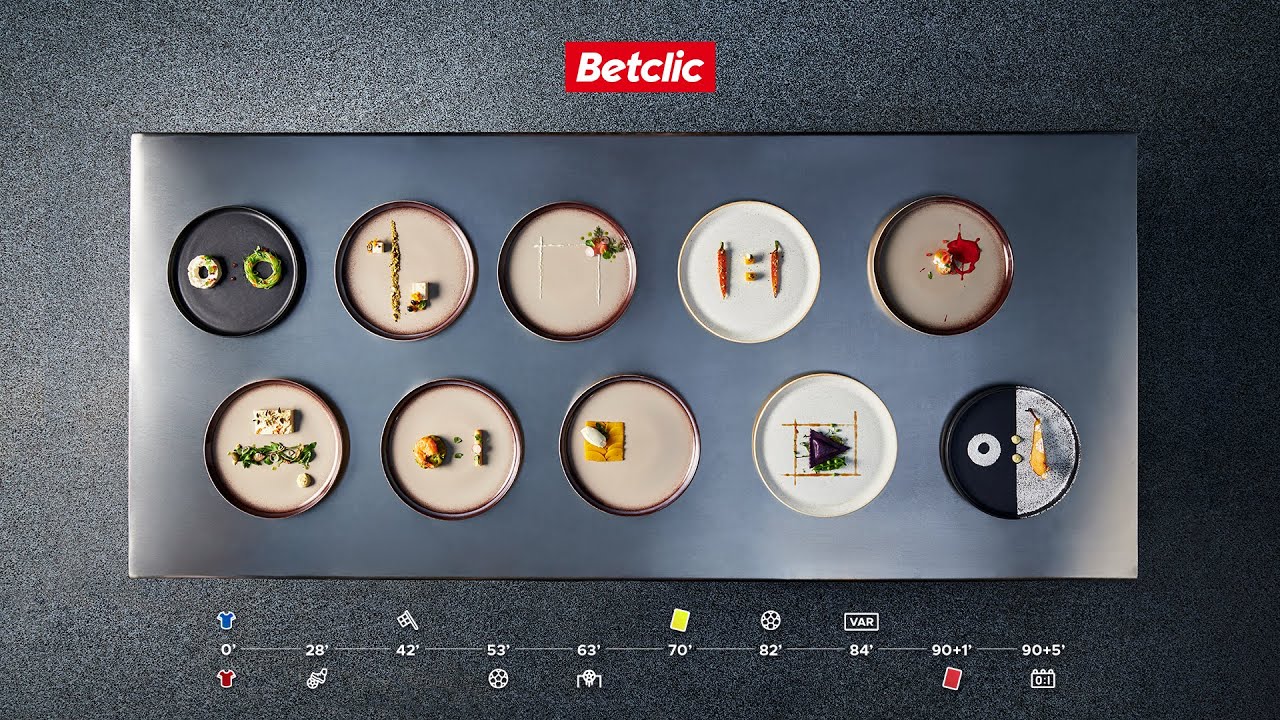The big bucks, huge hype fight between undefeated boxer Floyd Mayweather and mixed martial arts champion Conor McGregor – held in Las Vegas on 26 August – offered brands a chance to leverage a global entertainment event blending stars, styles and sports codes which drew plenty of media and PR coverage, plus huge pay-per-view TV and social media audiences.
But controversy, uncertainty and the one-off nature of the event ensured activation and sponsorship was dominated by challenger and rebel brands, controversial campaigns, short-term tactical initiatives and stunts.
Make no mistake, this was a blockbuster, global event attracting plenty of eyeballs and serious sponsors: as illustrated by the relative social success of arena naming rights sponsor T-Mobile and the official fight sponsor Corona Extra (who’s activation was built around and criticised for its biki-clad, in-ring #CoronaGirls models): the latter saw 27% of all its digital content engagement between 18 and 27 August being Mayweather-McGregor related and in the five hours leading up to and including the fight there were 9,100 tweets mentioning Corona (700 mentioning the Corona Girls in the ring).
And the award for the most airtime during the Mayweather/MacGregor fight goes to….. the ring girls. #coronagirls #MayweatherMacGregor pic.twitter.com/4cNXIz6rab
— Tylegn (@tylegn) August 27, 2017
But while some companies (particularly challenger brands, those with combat sports synergies and heritage, plus those with existing endorser relationships) jumped at the chance, many mainstream marketers were more commercially cautious due to the unpredictable nature of the short-term, one-off event, its legitimacy as a contest, the crass (often offensive) pre-fight hype and world press tour, and the controversial characters involved (and their brash banter).
While Mayweather may have been the more established boxer (starring in the three biggest ever events in combat sports), it was UFC champion McGregor who drove and commanded more of the pre-fight interest – and thus attracted more high profile commercial partnerships and associated campaigns.
He certainly dominated the pre-fight PR and social chatter.
While media and social conversation talked more positively about Mayweather’s skills and chances of winning in the week ahead of the fight, McGregor’s controversial chat and brash banter attracted twice as much Facebook and Twitter engagements than Mayweather – 3.3m compared to 1.4m (according to 4C).
Perhaps potential Mayweather partners were further discouraged by previous reputation damage, media controversies and domestic abuse allegations, or just put off by his refusal to budge from his reported $1m minimum baseline fee?
Mayweather’s partners were dominated by clothing sponsorship largely leveraged through social media (and on-screen eyeballs during the fight) – such as long-time partner and trunks sponsor Hublot and new sponsor Paddy Power.
The tie-up certainly boosted online impact for the luxury watch brand: between 27 July and 27 August, 30% of all Hublot digital content engagement was Mayweather related, while in the 72 hours around the fight there was a 184% spike in digital/social content engagement around Hublot compared with the previous three-day span.
“When I fight, I wear what I want to wear and Hublot has the main spot on my trunks” @FloydMayweather. #MayweatherMcgregor #Mayweather #TBE pic.twitter.com/rX8avOY0AR
— Hublot (@Hublot) August 24, 2017
While the partnership with Paddy Power was a classic, cheeky rebel brand stunt sponsorship from the Irish bookmaker that many might have expected to support the Irish fighter and which activated with a deliberately controversial ‘Always Bet On Black’ campaign and a weight-in branded underwear stunt (see case study).
Another notably activation was a repeat of the branded ring entrance stunt tactic employed to great success by Burger King during Mayweather’s last big bout against Manny Pacquiao in 2015 (see case study), by Jack Link’s Jerky – who’s mascot Sasquatch made a similar appearance for the McGregor fight and had a high-profile, highly visible seat on the ringside audience (linked to a social campaign that included an offer).
Who’s the true alpha beast? Tune into the #Moneyfight tonight. #MayweatherMcGregor #Protein pic.twitter.com/LtGzPEHQXU
— Jack Link's Jerky (@JackLinks) August 26, 2017
You need at least 154 Pounders to weigh in for the #Moneyfight. 25% off Pounders of jerky. Code: POUNDERKNOCKOUT. https://t.co/xLDwC4eJLn pic.twitter.com/gZYHqWG3Bz
— Jack Link's Jerky (@JackLinks) August 25, 2017
Fight fans come in all shapes and sizes #MayweatherVsMcGregor pic.twitter.com/E5bLd99Lx6
— FOX Sports West (@FoxSportsWest) August 27, 2017
This led to a 372% spike in digital/social content engagement around Jack Link’s in the 24 hours after the fight. A solid return, but as impressive as Burger King’s 1,343%.
But it was McGregor who tied-up with more mainstream brands running more integrated, multi-platform activations around the partnership: such as Beats By Dre (see case study), Monster Energy (see case study) and Betsafe (see case study).
According to Amobee’s analysis, the brands most associated with the fight were Reebok (a long-time previous McGregor partner through its UFC deal, but not an official sponsor), Beats By Dre and Betsafe.
Plus, McGregor also seemed more willing to tie-up with left-field brands and micro campaigns – such as fronted a video-led social media campaign for a tooth whitener.
Such short-term, one-off mega events may offer big opportunities for eyeball led brand exposure, but aren’t ideal for coherent story-telling and/or long term engagement.
Thus tactical ambush opportunism was a popular approach.
Brands such as Samsung and Betfair ambushed the event by buying up AdWords on Google: for the latter this was simply a social betting business driver tactic, while the former was a cheeky piece of guerrilla style opportunism with social copy initially teasing “The wait is over for the event of the year”, before a click on the link reveals the brand isn’t talking about the fight, but rather than Samsung Galaxy S8 launch.

